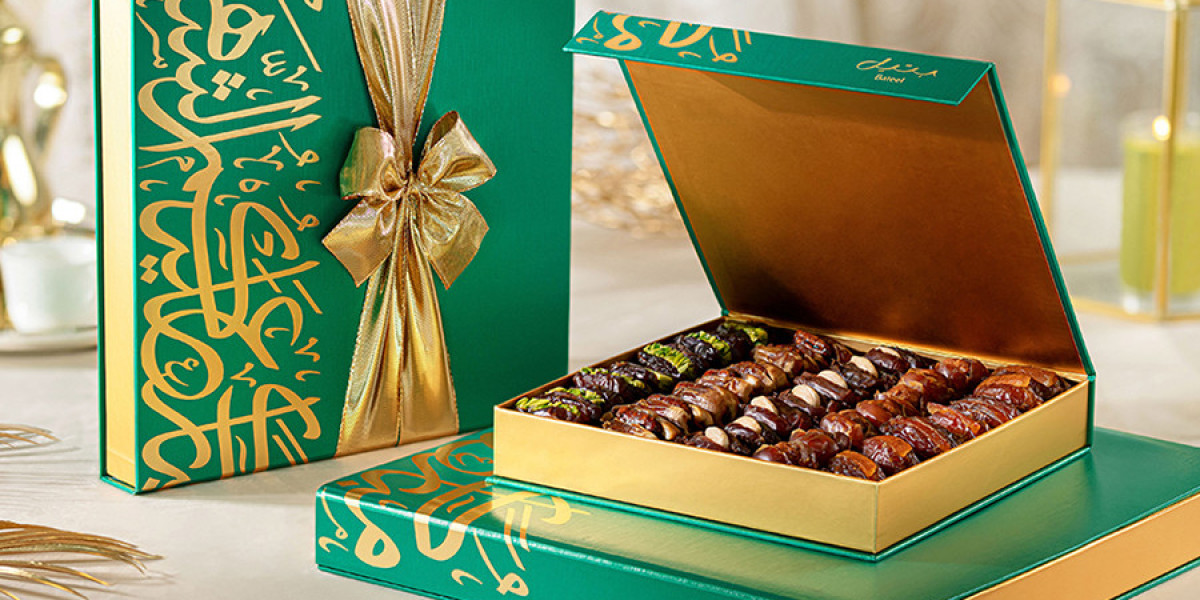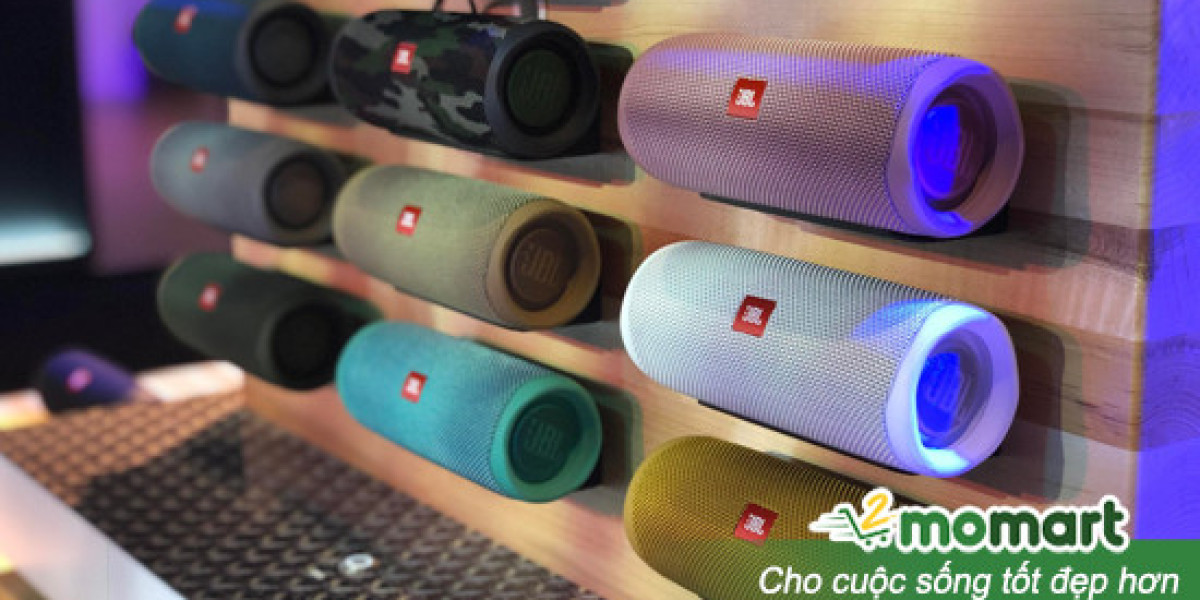Ramadan, the holy month of fasting, prayer, and reflection for Muslims around the world, is also a time for generosity and sharing. One of the most cherished traditions during Ramadan is the exchange of gifts, often presented in beautifully decorated boxes. These Ramadan boxes are not just containers for gifts; they are symbols of love, kindness, and community spirit.
The Significance of Ramadan Boxes
Ramadan boxes hold a special place in the hearts of many Muslims as they symbolize the spirit of giving and sharing that is central to the month. The act of giving and receiving a Ramadan box is considered a noble deed, reflecting the teachings of Islam regarding compassion, generosity, and empathy towards others.
What Goes into a Ramadan Box
Ramadan boxes can contain a variety of items, depending on the preferences and traditions of the giver and recipient. However, there are some common items that are often included in Ramadan boxes:
Dates: Dates hold special significance during Ramadan as they are traditionally eaten to break the fast. They are also symbolic of the Prophet Muhammad's practice of breaking his fast with dates.
Sweets and Treats: Ramadan is a time for celebration, and sweets and treats are often included in Ramadan boxes to add to the festive atmosphere.
Qur'an or Islamic Books: Many people include a copy of the Qur'an or other Islamic books in Ramadan boxes as a way to encourage reading and reflection during the holy month.
Prayer Beads: Prayer beads, also known as "misbaha" or "tasbih," are often included in Ramadan boxes to help with prayers and dhikr (remembrance of Allah).
Perfumes and Oils: Perfumes and oils are commonly included in Ramadan boxes as they are considered luxurious and special gifts.
Types of Ramadan Boxes
Ramadan boxes come in various shapes, sizes, and designs, reflecting the diverse cultures and traditions of Muslims around the world. Some are simple and elegant, while others are ornately decorated with intricate designs and patterns. Some common types of Ramadan boxes include:
Wooden Boxes: Wooden boxes are popular for Ramadan gifts due to their durability and natural beauty. They can be plain or intricately carved with Islamic motifs.
Fabric Boxes: Fabric boxes are soft and often come in vibrant colors and patterns, making them visually appealing and suitable for gifting.
Cardboard Boxes: Cardboard boxes are lightweight and can be easily decorated or customized with stickers, ribbons, and other embellishments.
The Joy of Giving and Receiving
Whether giving or receiving, the exchange of Ramadan boxes brings joy and happiness to both parties. For the giver, it is an opportunity to show love and appreciation for others, while for the recipient, it is a gesture of kindness and thoughtfulness that is deeply cherished.
Conclusion
Ramadan boxes are not just containers for gifts; they are symbols of love, kindness, and community spirit. Whether simple or ornate, these boxes hold a special place in the hearts of many Muslims as they embody the true essence of Ramadan – the spirit of giving and sharing with others.








